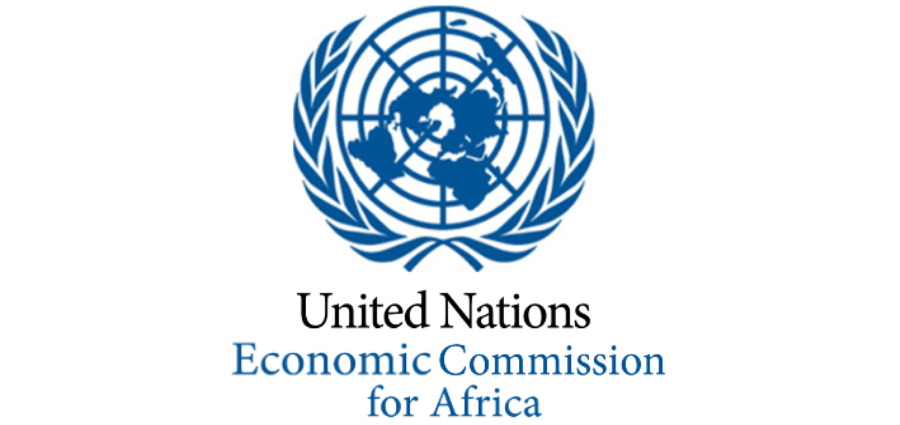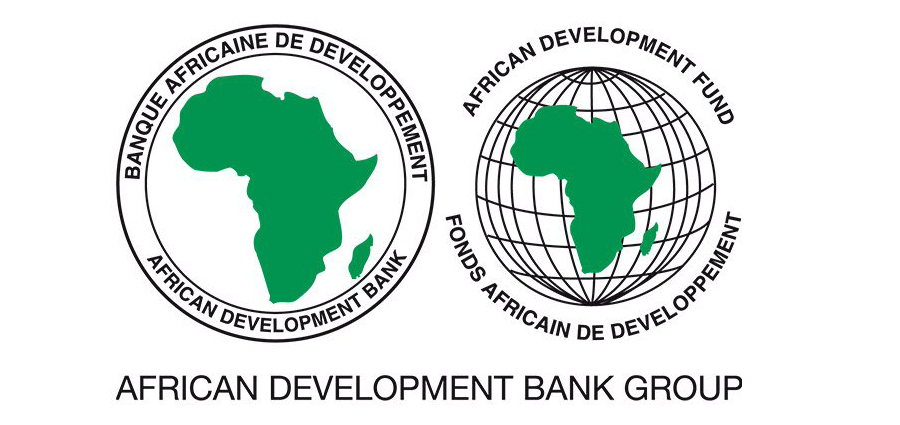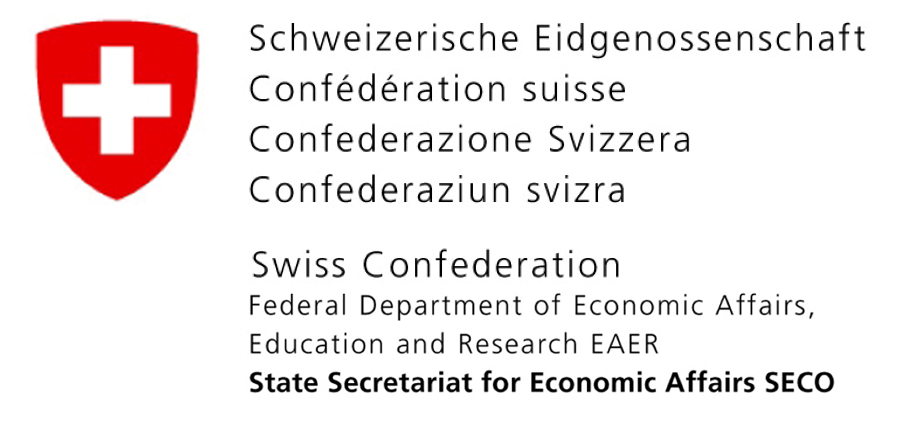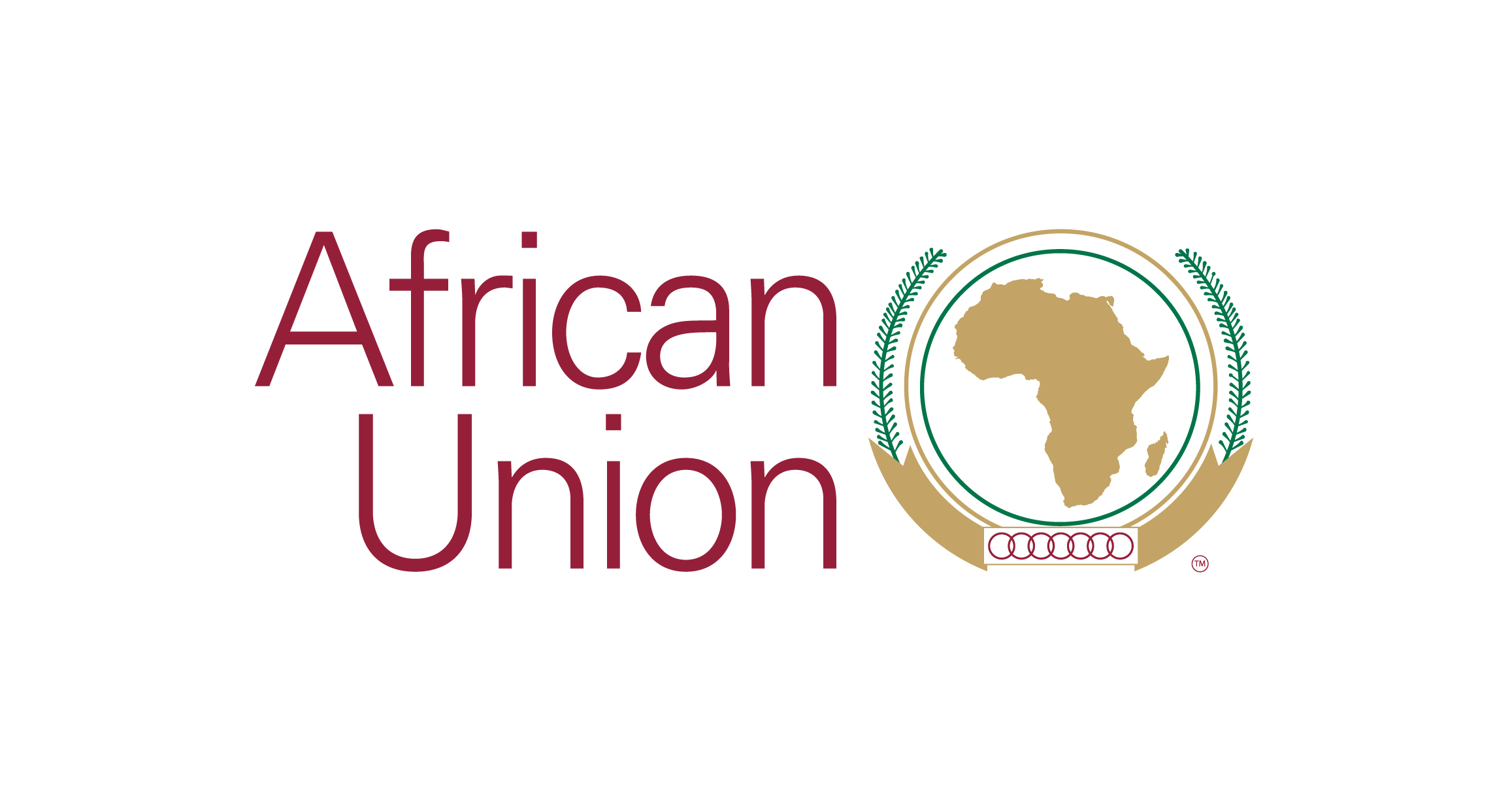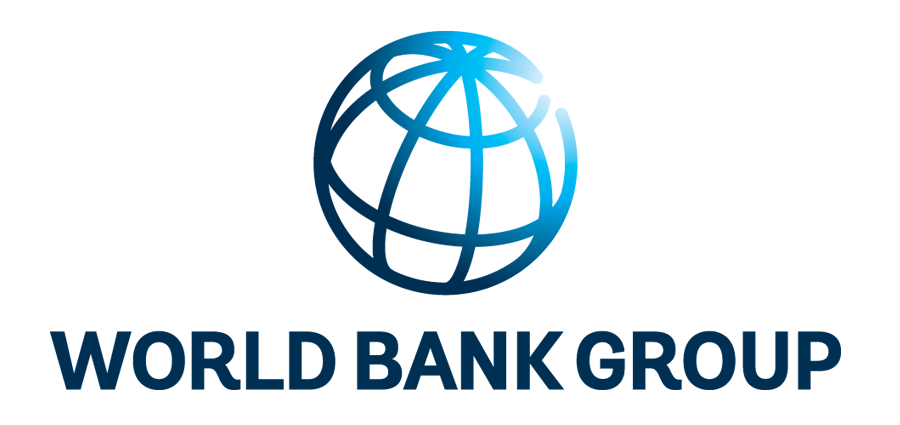Establishment of an Observatory of Non-Physical Barriers on the Brazzaville-Kinshasa-Bangui-Kisangani River Corridor
In 2010, the International Commission of the Congo-Oubangui-Sangha Basin (CICOS) requested funding from the SSATP to conduct a baseline study on the Brazzaville-Kinshasa-Bangui-Kisangani Corridor, with a view to establishing an observatory of non-physical barriers. CICOS is a subregional organization established in 1999 between the Republic of Cameroon, the Central African Republic, the Republic of Congo, and the Democratic Republic of Congo, after the signing of an agreement establishing a uniform river regime. This Agreement was intended to provide integrated management of the basin, optimal use of the existing navigable waterways, and a community of interest of the parties to the Agreement. Article 9 of this Agreement emphasizes that the States shall undertake to eliminate the non-physical barriers that could impede the smooth flow of river traffic.
Development challenges and obstacles
Despite the significant potential of the Congo Basin, the region’s economies are still sluggish, dominated by relatively low value-added industries (subsistence farming and extractive activities). As a direct result of this situation, poverty has increased significantly, affecting the majority of the population residing in the Basin to varying degrees, of course, depending on the zones and the countries, but always to a great extent. The competitiveness of several industries depends in a large measure on transportation costs. This dependence is growing for export industries that are either in zones located far from the coastline or in landlocked countries, such as the Central African Republic. In the absence of effective facilitation mechanisms, carriers often have to bear additional costs that arise because of the poor state of the transportation infrastructure, lengthy customs clearance and transit procedures, the plethora of administrative procedures, and all types of irregularities such as illegal collections, double taxation for the same products, and significant loss of time). All these elements help to push transportation costs in the region up to 20 percent or more of the value of imports, which is two to three times higher than the averages observed elsewhere.
Establishment of an observatory
This problem must therefore be addressed by finding strategies and actions that will help reduce abnormal practices and encourage the sustainable development of economic activity on the river. The creation of an observatory of non-physical barriers on the Brazzaville-Kinshasa-Bangui- Kisangani river corridor is a relevant solution to address this situation and provide suitable responses that meet the expectations of users who want to use a corridor service without difficulties and constraints. The general mission of the observatory is to provide the supervisory authorities of the Congo-Oubangui-Sangha Basin with a clear vision of the changing conditions of use of the waterways, through regular monitoring of relevant performance indicators, which will allow for the adoption of the necessary improvement measures and provide users with reliable information on the indicators of progress in the reduction of constraints affecting their activities. The objective is to gradually lower the level of non-physical barriers on the Basin, which in turn will help to encourage an increase in commercial activities and reduce transportation costs on the Basin’s waterways, thus strengthening their support for the development of riparian countries’ economies.
Recommendation and way forward
The recently concluded SSATP-funded baseline study on the Brazzaville-Kinshasa-Bangui-Kisangani Corridor, provides an analysis of the situation on the river corridor, defines the relevant monitoring indicators, and proposes recommendations for the establishment, the organizational structure, and the sources of financing for the establishment of an observatory. This study will now inform high-level policy discussions on the establishment and financing of the observatory. The SSATP will, moreover, support CICOS’s next steps with respect to the creation of the observatory of abnormal practices, by facilitating the consultation and decision-making process.

